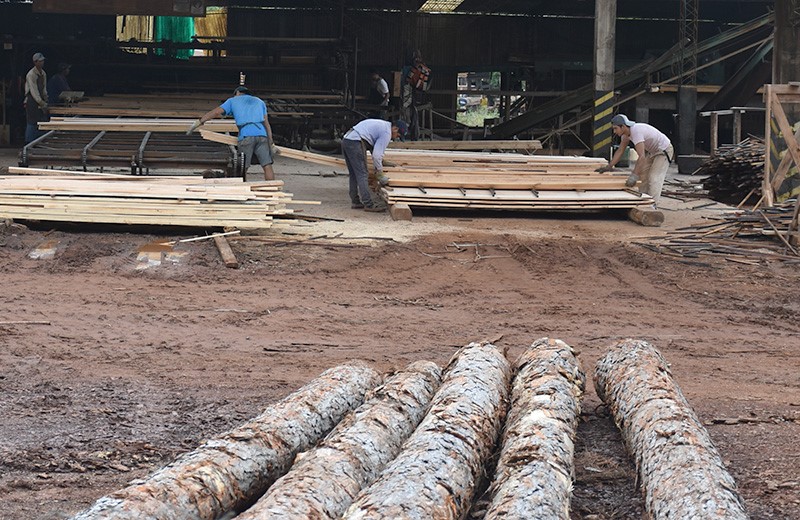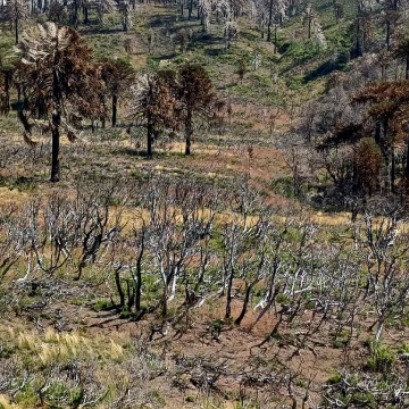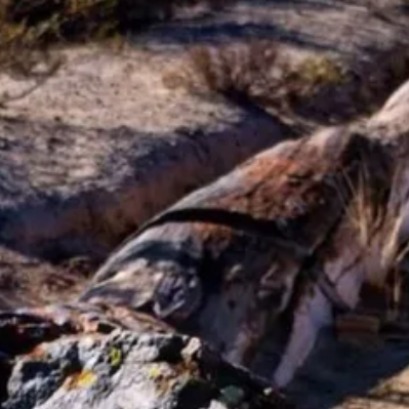
The Misiones sawmills survey began
The objective is to provide information on the current financing lines at the local and national level; and the supply of training available and the institutions that carry it out.
With the visits made by a professional team of census takers, a questionnaire is carried out that allows to know in detail the provincial industrial forestry reality in terms of the existing machinery, the level of technologies and the production of these industries.
This initiative is organized by the Government of the province of Misiones, through the Ministry of Agriculture and Production, and implemented by the Sub-secretariat of Forest Development.
In addition, it has the support of the APICOFOM and AMAYADAP chambers, the CFI and the Faculty of Forestry Sciences (UNaM).
From APICOFOM, its associates and industries in general are requested to "participate in this survey, receive and attend to the census takers, because from this initiative possible solutions can be carried out for the demands that become known."

IT MAY INTEREST YOU
 The second largest wetland in South America is located in Argentina: what is it?
The second largest wetland in South America is located in Argentina: what is it?
Argentina has national parks that place it in a unique position within South America, competing with 300 others. Which is the largest? South America is home to more than 300 national parks, but many go unnoticed. There are extensive wetlands that have been the subject of major ecological restoration projects, to coastal mountains with deep indigenous heritage. Today we tell you the case of one located in Argentina.
 Specialists from 10 provinces develop forest landscape restoration strategies throughout the country
Specialists from 10 provinces develop forest landscape restoration strategies throughout the country
The program is developed by researchers from INTA, Conicet and the Argentine Wildlife Foundation.
 The forest of the oldest shadows: the story of the petrified trees
The forest of the oldest shadows: the story of the petrified trees
One of the natural treasures of Río Negro turns 23 years old under the protection law that allows its conservation. Where it is and how it was formed. Río Negro celebrates 23 years of conservation in the petrified forest as a Protected Natural Area (ANP). It is a space of 625 hectares that protects an exceptional site of fossil trunks that date back more than 60 million years.





















